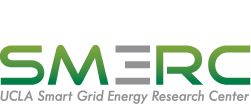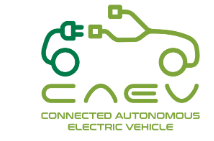
Workshop on Technology Trends
in Transportation and Electricity,
California State Capitol Building, Sacramento, CA
On October 24, 2019, UCLA's Smart Grid Energy Research Center (SMERC) and UCLA Connected Autonomous Electric Vehicle (CAEV) Program are hosting a Round Table Event coupled with advanced technology demonstrations by UCLA students and researchers at the California State Capitol Building in Sacramento. On the transportation front, we are inviting California State Transportation Agency, staffers from Assembly Transportation Committee and the Senate Transportation Staff, and on the energy front, staffers from the Electricity Grid side including the leadership from the Assembly Committee on Utilities and Energy and the Senate Committee on Energy, Utilities and Communications. The objective is to educate the policy makers about advances in technology that are changing the electric grid and the transportation industries entirely, creating opportunities for California.
BACKGROUND:
EV Industry, which California pioneered is exploding worldwide
Tesla, a California based electric vehicle (EV) pioneer, delivered 95,000 electric vehicles (EVs) in the second quarter of 2019 - a new record for the company. Volkswagen, the world's biggest automotive manufacturer, has announced that it is planning operations to build as many as 15 million cars from 50 new electric models by 2028. Porsche has a backlog of 30,000 Taycan EVs on order. Ford, Honda, VW and BMW recently agreed to cut emissions and promised to deliver car fleets averaging 50 miles per gallon by model year 2026 for California, which would potentially boost EV sales even further. The shift towards electric transportation that started out in California less than a decade ago with the launch of vehicles such as the Nissan Leaf, Chevy Volt and Tesla Model S has exploded in California, US and globally. Other countries are now moving rapidly into electric transportation - for example, in 2018 the number of EVs sold in China was twice that in the US, and in March of 2019, 58 percent of all cars sold in Norway were electric. California has been a leader in technology and adoption of EVs as a result of its entrepreneurs and innovative startup culture, but to be able to compete with countries such as Norway, it needs to overcome a variety of challenges, so that new opportunities are created for its entrepreneurs and therefore it can continue to be the hub of EV innovation worldwide.
The Electric Grid is changing rapidly with EV, solar, and storage
While electricity as a source of energy for transportation reduces green house gas emissions, it also challenges the grid in the short term especially if the electric vehicle charging is not managed properly. But if managed through smart charging especially using software that understands energy management, driver behavior, and battery technology, we can maximize utilization of the existing grid capacity and avoid stressing the grid at the same time. Also, by way of Vehicle-to-Grid or V2G technology, we can use the car battery to store energy, charging the battery when there's excess energy from solar photovoltaic (PV) generation during the daytime and discharging it later in the day to support the evening peak demand of the California grid (https://ww2.energy.ca.gov/2018publications/CEC-500-2018-020/CEC-500-2018-020.pdf). Additionally, supplementing stationary battery storage on the distribution system can help manage the grid where V2G may not be available. Therefore, we need to carefully perform energy balance on these two assets - EV and PV - by adding stationary storage (battery or alternatives) and couple all three with smart controls such as Demand Response or Peak Load Control using Artificial Intelligence/Data Science/Machine Learning, to balance the grid of the future. These controlled assets are modeled as Distributed Energy Resources (DERs and since the grid of the future is adopting them rapidly, DER management is a key to the success of the future Smart Grid. The "Future of Electric Power" panel will discuss the confluence of various DER technologies, their impact on the energy grid and the opportunities this brings to California to become a global leader for a sustainable energy future including discussing how such technologies can help California achieve its goal of zero-emission energy sources for electric power by 2045.
EV companies are adopting AV technology rapidly
While the EV, its battery, and its inverter can be used for various grid support needs such as demand response or even frequency regulation, automotive manufacturers are rapidly deploying AV technologies within their vehicles because technology is enabling them to do so and it makes driving safer and easier. The intersection of AV with EV creates challenges and opportunities an example of which is the need to refuel an AEV (Autonomous Electric Vehicle), a process which should be completely automated since there is no driver in the vehicle. Wireless charging presents a viable solution whereby the AEV, when not being used, drives over an inductive wireless charger installed underground and transfers power without the need to connect with wires and therefore without the need for human intervention. Alternatively, a robotic arm can connect the AEV to a charger when the vehicle is not being used. Yet another opportunity rests in the ability of AV technology to finely control the manner (speed, steering, braking, regeneration into batteries) of driving as well as the driving route taken, with the objective of minimizing energy consumption. Such opportunities provide the impetus for research at universities and technologies at startup companies which need to be tested and California can become the world's testbed for such innovations.
AV Technologies need smart infrastructure
AV technologies are still in their infancy, and today each car must rely on its own sensors (LIDAR, camera, radar, sonar, etc.) to "see" around it. Getting an accurate reading on the distances and locations of surrounding objects is challenging because the world around a vehicle is imperfect. For example, roads may have potholes which are not easy to detect by sensors, or, lane markers may be faded or missing which sensors would therefore need to estimate via extrapolation. Instead of a vehicle trying to detect lane marker locations, if the lane markers were themselves smart and emitted a radio frequency signal, the vehicle would be able to locate itself precisely within the lane, resulting in greater fine-tuned driving control and safer autonomous driving. Eventually, there is a need to make the infrastructure far richer and smarter, but we are far from this goal. Lack of smart infrastructure presents challenges to the first generation of AVs that are expected to come into the market. However, that has not stopped entrepreneurs such as Elon Musk who has announced that Tesla is planning to offer a Robo-Taxi service by 2020 using Tesla's own custom self-driving computer chip. Waymo, one of the early entrants and a pioneer in self-driving vehicles is partnering with Lyft to add its technology to Lyft's ride-hailing service in Phoenix. Uber, recently announced its third-generation self-driving vehicle in collaboration with Volvo, in which multiple redundant backup systems around steering, braking and battery power, are integrated into the vehicle during the factory manufacturing process itself - as opposed to retrofitting them. While vehicles on the road today typically have a maximum autonomy Level of 2, such innovations should rapidly enable the transition from Level 2 to Level 3. However, to get to complete automation as defined by Level 5, the infrastructure surrounding the vehicle needs to be far smarter than what it is today - by way of advanced sensors, cameras, communications, software/AI, intelligence and controllers - also known as Vehicle-to-Infrastructure or V2I and therein lie the challenges as well as opportunities.
Infrastructure for Energy and Transportation Discussion
To discuss the technologies, innovations, challenges and opportunities as pertaining to the infrastructure to support the future electric grid and electrified transportation, we are bringing together experts from different disciplines with the intent to determine what needs to be done to accelerate the development and adoption of smart infrastructure to support these two inter-linked societal needs. We will discuss the current state of infrastructure, why it is lagging and what needs to be done to make it globally competitive here in California. While innovation is important, policies need to follow technology advances and trends, consumer needs, and societal benefits. Leaders from industry, utility, government, and academics will provide their perspectives on these issues.

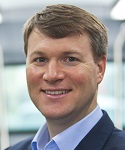
Alan Westenskow
Director of Business Development
Proterra Inc. |
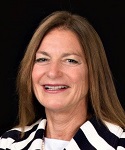
Amy Lilly
State Regulatory Principal Specialist
Mercedes-Benz Research & Development N.A., Inc. |
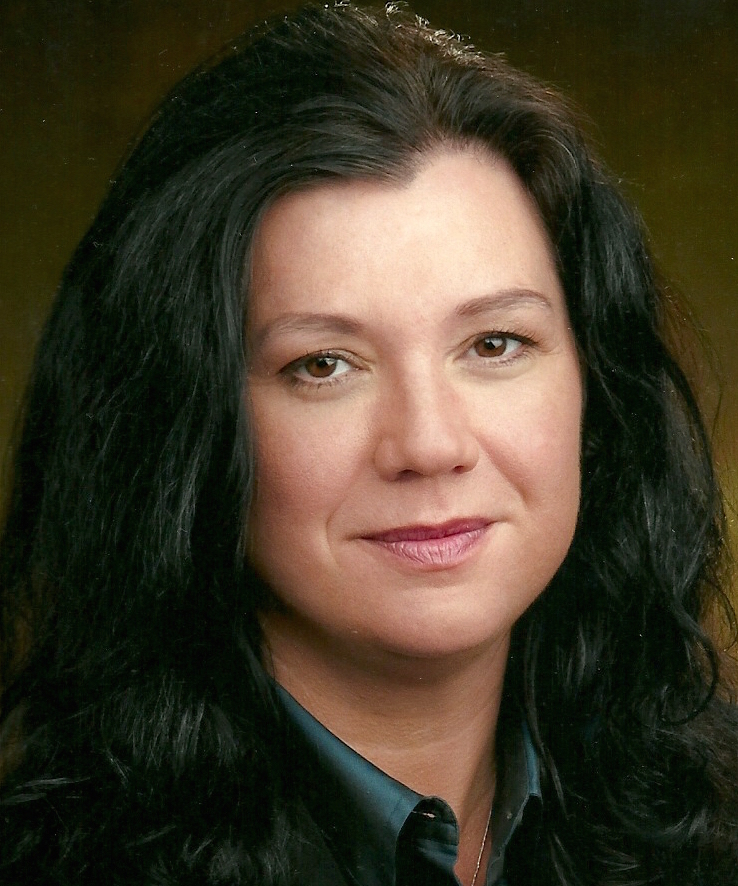
Angelina Galiteva
Board of Governors
California ISO |
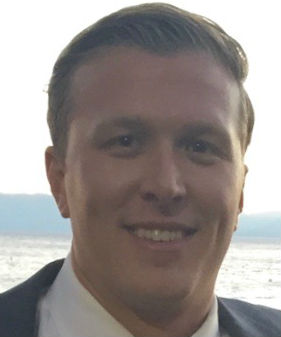
Austin Heyworth
Public Affairs Manager
Uber |
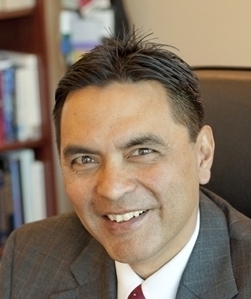
Bernard Soriano
Deputy Director
California Department of Motor Vehicles |
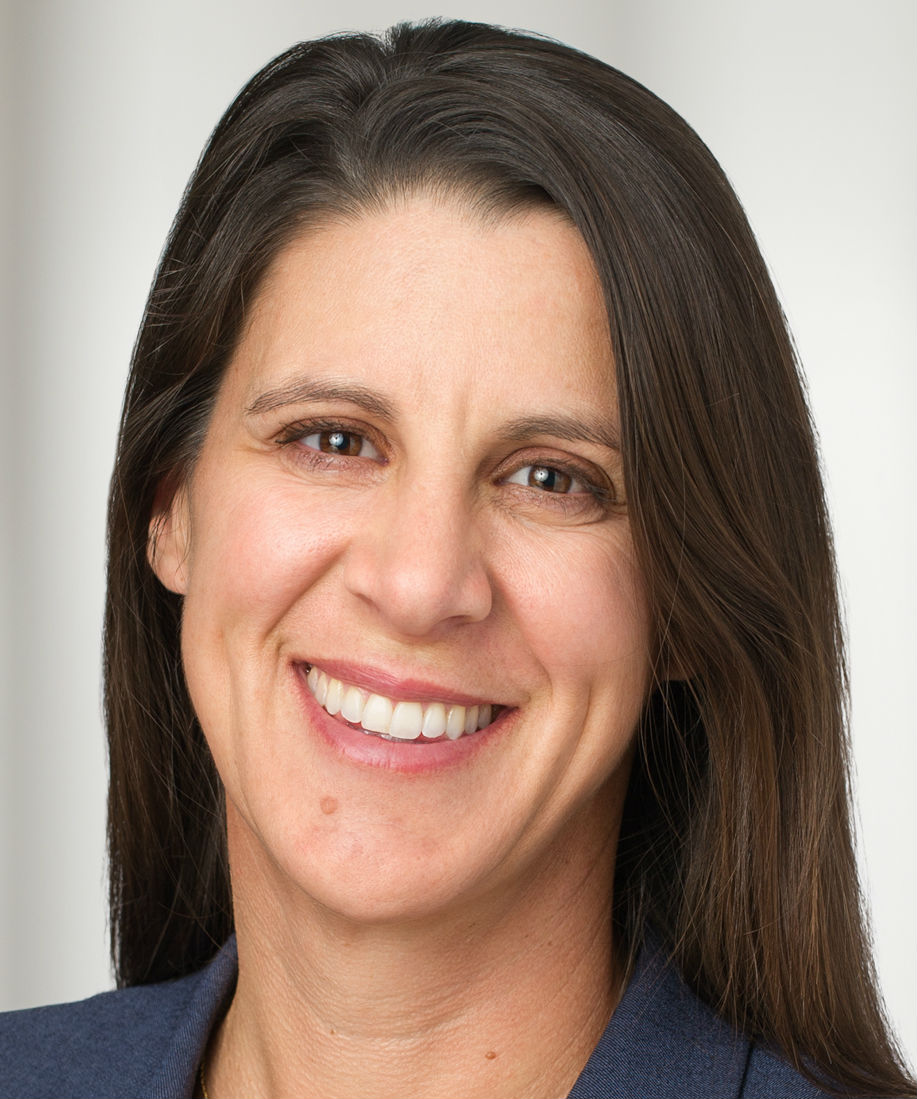
Brittany Syz
Director of Clean Transportation
San Diego Gas & Electric |
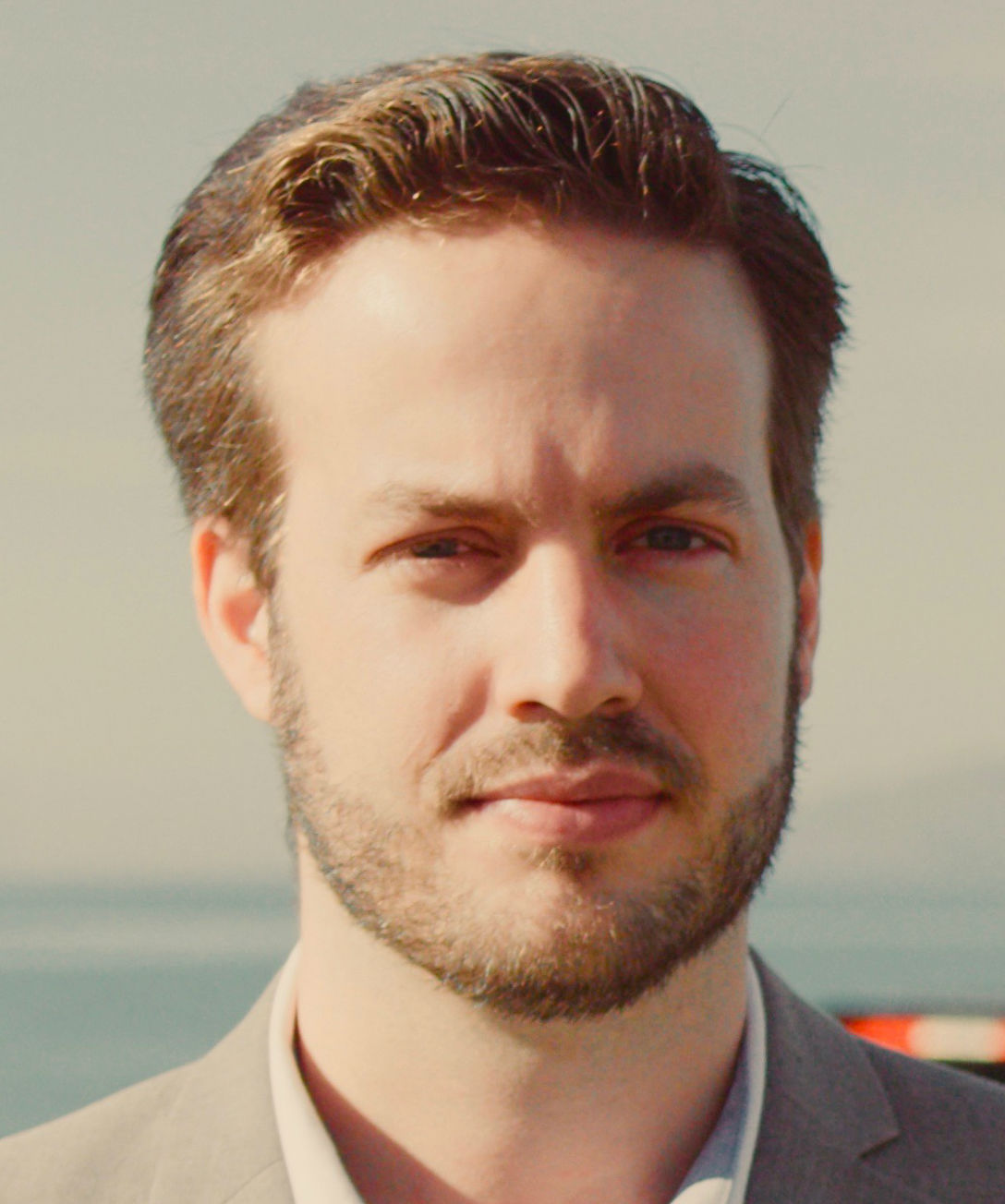
Dakota Semler
Founder and CEO
XOS Trucks |
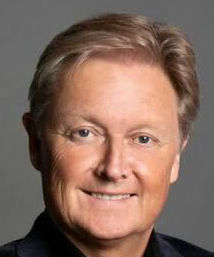
Henrik Fisker
Chairman
Fisker Inc |

Jenny Elfsberg
Director Innovation Lab Hub
US Volvo Group |

Lori Pepper
Deputy Secretary for Innovative Mobility Solutions
California State Transportation Agency |
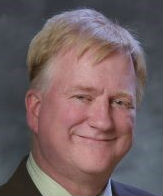
Marvin Moon
Assistant General Manager
Pasadena Water and Power |

Michael Boehm
Managing Director
Advanced Sustainability Institute |
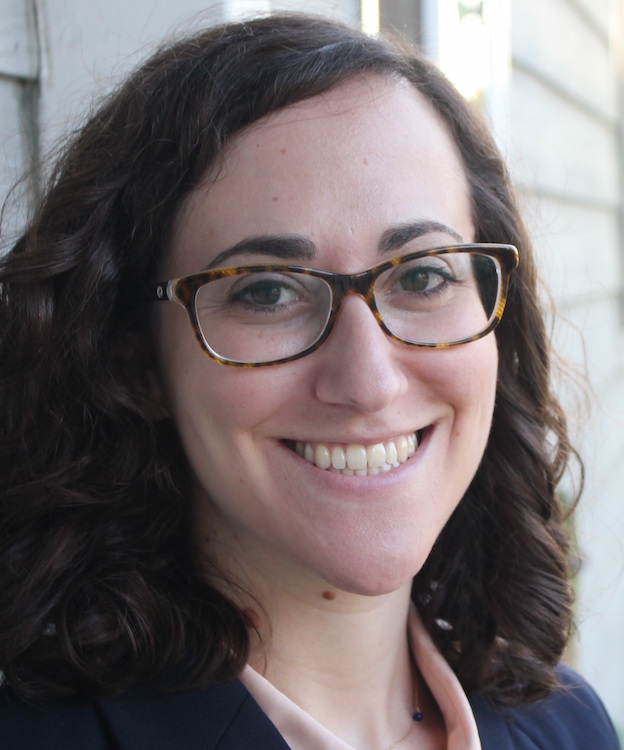
Michelle Bogen
Manager, Advanced Powertrain
BMW of North America, LLC |
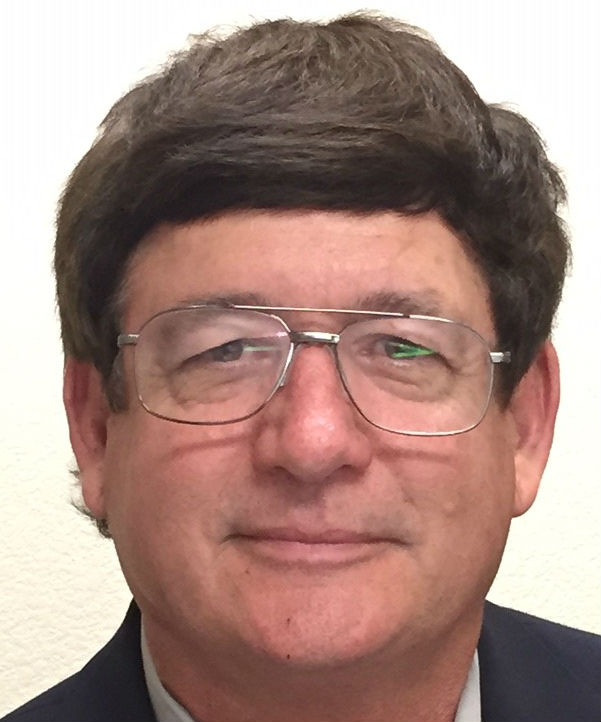
Mike Gravely
Research Program Manager
California Energy Commission |

Noel Crisostomo
Air Pollution Specialist
California Energy Commission |
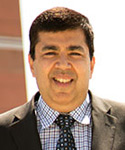
Rajit Gadh
Director
UCLA CAEV, SMERC, ESmart |
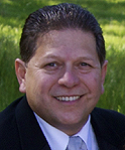
Rey Gonzalez
Senior Mechanical Engineer of Energy Research and Development Division
California Energy Commission |

Stella Li
Senior Vice President and President
BYD Company Limited and BYD Motors Inc. |
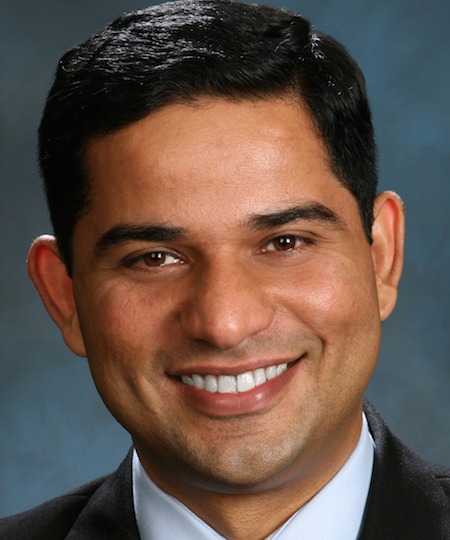
Vibhu Kaushik
Director of Grid Technology and Modernization
Southern California Edison |
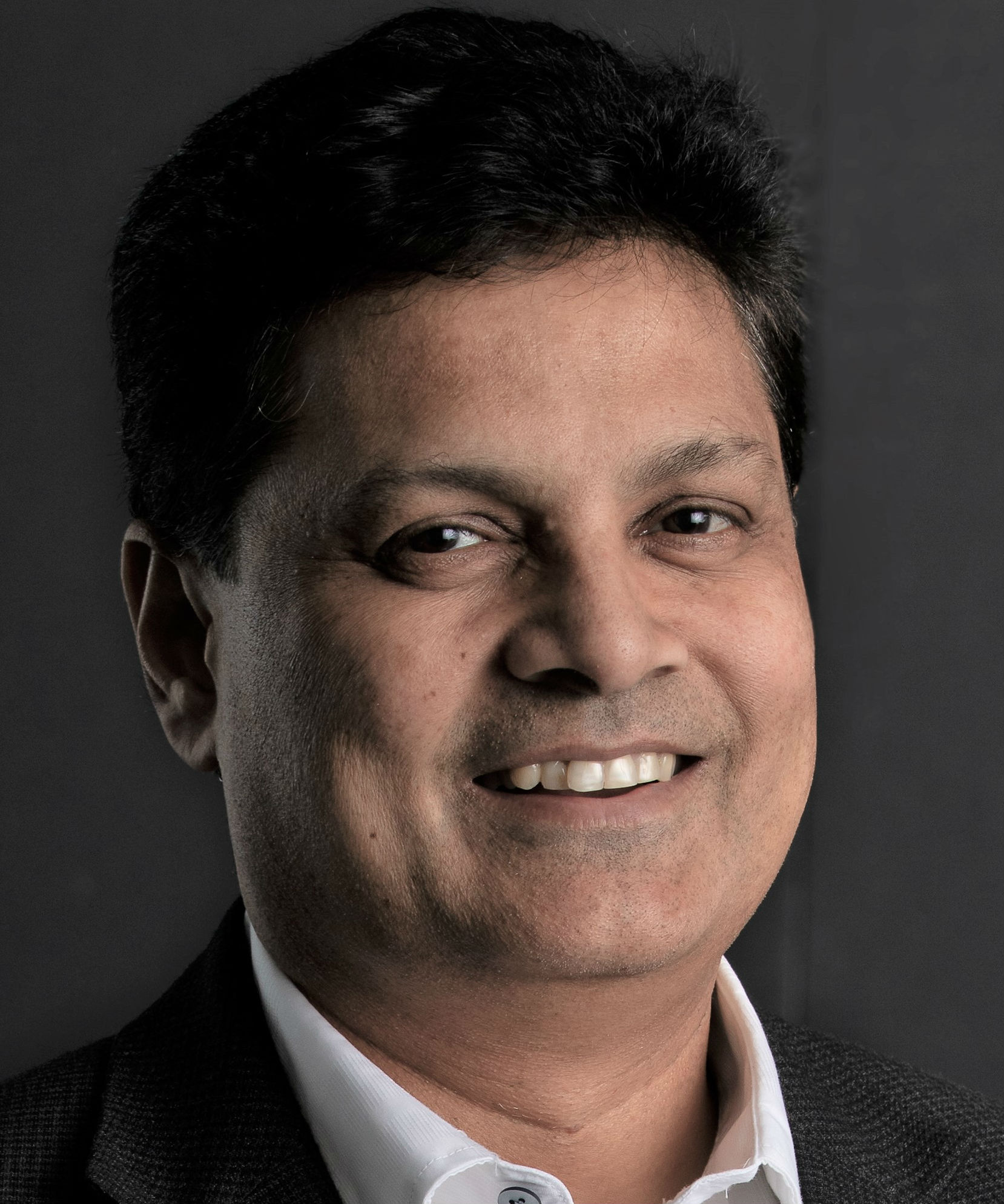
Waqar Hashim
VLE and VP of Global Program Management
Faraday Future |
There is very limited seating available at this round table event. If you are a member of UCLA SMERC/CAEV/ESmart, you may request one member pass at caev@smartgrid.ucla.edu with subject "member pass".
If you are not a member, you can fill out this Registration Request Form and we will send a response. Advanced registration is required to attend this event. No guarantees for registration can be made due to space limitation.

| Alexander Keros |
Manager, Advanced Vehicle and Infrastructure Policy |
General Motors |
| Andrea Linder |
Customer Experience Specialist |
Porsche Motorsport |
| Angelina Galiteva |
Board of Governors |
California ISO |
| Bernard Soriano |
Deputy Director |
California Department of Motor Vehicles |
| Bill Williams |
Commercial Sales Director |
Proterra, Inc |
| Carley Markovitz |
Transportation & Land Use Planning Manager |
AECOM |
| Colton Ching |
Vice President, Energy Delivery |
Hawaiian Electric Company |
| Dakota Semler |
CEO |
XOS, Inc. |
| Dale Thompson |
Engineer |
LADWP |
| Doug Kim |
Director, Advanced Technology |
Southern California Edison |
| Eric Mika |
Government, and Corporate Affairs |
EVELOZCITY |
| Henrik Fisker |
Chairman |
Fisker Inc. |
| João Torres |
CEO |
EDP Distribuição, Portuguese Distribution System Operator |
| Kevin Dasso |
Senior Director of Smart Grid & Technology Integration |
Pacific Gas & Electric Company |
| Lee Krevat |
Director - Smart Grid |
San Diego Gas & Electric |
| Leon Kaunitz |
Director of Body, Structural Engineering and Advanced Technology |
NextEV/NIO |
| Livio Gallo |
Chief Executive Officer |
Enel Distribuzione |
| Mani Srivastava |
Professor |
UCLA Electrical Engineering |
| Mario Gerla |
Professor |
UCLA Computer Science |
| Mark McGranaghan |
Vice President |
Electric Power Research Institute |
| Marvin Moon |
Director of Power System Engineering |
Los Angeles Department of Water and Power |
| Matt Mikio Miyasato |
Assistant Deputy Executive Officer |
Air Quality Management District |
| Michael Liu |
Director, Energy Storage Business Development |
BYD America |
| Michelle Bogen |
Advanced Technology Engineer |
BMW Group Technology Office |
| Nancy Ryan |
Deputy Executive Director for Policy |
CPUC |
| Nancy Sutley |
Chief Sustainability and Economic Development Officer |
LADWP |
| Pat Hoffman |
Assistant Secretary |
U.S. DOE |
| Rajit Gadh |
Director |
UCLA Smart Grid Energy Research Center |
| Ramanath Ramakrishnan |
EVP & Chief Technology Officer |
Eaton |
| Robert Weisenmiller |
Chair |
California Energy Commission |
| Ryan Harty |
Manager of Connected and Environmental Business Development |
American Honda Motor Co. |
| Sharmila Ravula |
CCO and VP of Business Development |
Bosch Building Grid Technologies |
| Stephen B. Wemple |
Vice President, Regulatory Affairs |
Con Edison |
| Steve Pazol |
GM, Wireless Charging |
Qualcomm Incorporated |
| Todd Petersen |
Mobility 2.0 Product Manager |
LADOT |
| Tom Doughty |
Vice President, Customer and State Affairs |
California ISO |
| Tsu-Chin Tsao |
Professor |
UCLA Mechanical and Aerospace |
| Veronica Siranosian |
Senior Project Manager |
AECOM Ventures |
| Vibhu Kaushik |
Director, Grid Technology and Modernization |
Southern California Edison |
| Vijaya Ganugula |
Manager, Demand Response Operations |
NYISO |
| Vincent Poor |
Professor of Electrical Engineering, & Dean, School of Engineering and Applied Science |
Princeton University |
| |

California State Capitol Building, Sacramento, CA


Sponsorship:
If you would like to become a sponsor for CAEV/SMERC, please email: info@smartgrid.ucla.edu
To register
|





















